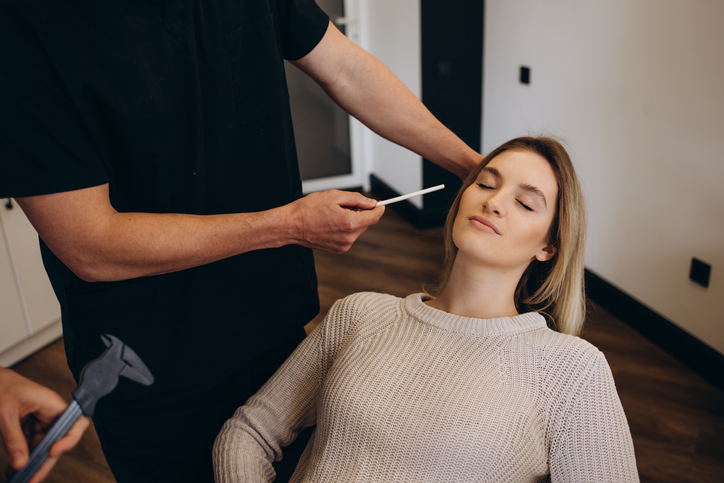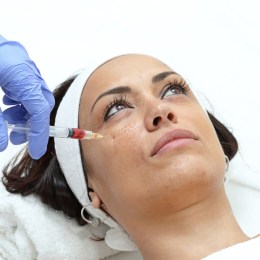How far can the skin be pushed?
Collagen stimulation treatments are one of the primary and foundational types of aesthetic treatments. With age, intrinsic (internal) collagen depletes, and with the constant demand for collagen-inducing treatments paired with advancements in technology and techniques, clinicians continually refine their approach to optimise outcomes while mitigating risks.
From understanding the variability in collagen response to navigating optimal treatment intervals and potential risks, the question is – what are the boundaries and nuances of heat-based collagen stimulation treatments?
For insight into this topic, we speak to Dr Yumiko Kadota, Cosmetic Physician and Founder of Sydney Face Doctor, who answers our ultimate questions to collagen induction.

What limits are there to how much collagen can be induced through subsequent treatments?
Collagen production relies on the body’s ability to make its own collagen, so the limits vary with each patient. For example, neocollagenesis would be decreased in diabetes, smoking, medications such as steroids, and in older patients.
There is also a limit to how much laxity can be improved with collagen induction – similar to an over stretched rubber band. In patients who have had massive weight loss, or those with extremely thin skin (particularly with stretch marks), it is unlikely that collagen induction treatments can achieve a significant improvement.

Patient selection is important, and in such cases surgical referral may be more appropriate. In general, those with mild to moderate laxity would be considered suitable candidates for collagen induction treatments.
What should be the ideal recommendation for treatment planning when aiming for collagen stimulation?
Most collagen induction treatments are performed 4-6 weeks apart to allow time for recovery between treatments, however some treatments (such as polynucleotides and some lasers) can be performed every 3 weeks.
How can the skin be negatively impacted by these stimulating treatments?
Energy based devices rely on controlled tissue damage – the emphasis being on controlled. If the inappropriate settings are used, tissue damage may occur in the form of burns, post-inflammatory hyperpigmentation or scarring.
Threads may also cause scars, as well as infection, erosion/extrusion, or rejection/inflammatory responses with the risk of these complications increased in long lifting threads. Injectable forms of collagen induction may form scars in the form of granulomas, particularly at cannula entry points.
When biostimulators are injected near the eye, malar oedema may also be a complication depending on how volumising and hydrophilic the product is.
Read the latest issue of SPA+CLINIC below:
There are 5 ways you can catch up with SPA+CLINIC
- Our quarterly print magazine, delivered to your door. Subscribe here.
- Our website, which is updated daily with its own completely unique content and breaking news.
- Our weekly newsletter – free to your inbox! Subscribe here.
- Our digital magazine – click here to view previous issues.
- Our social media – see daily updates on our Instagram, Facebook & Linkedin




